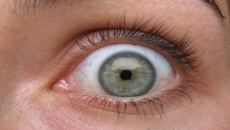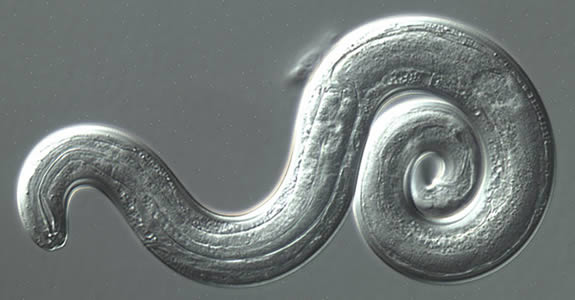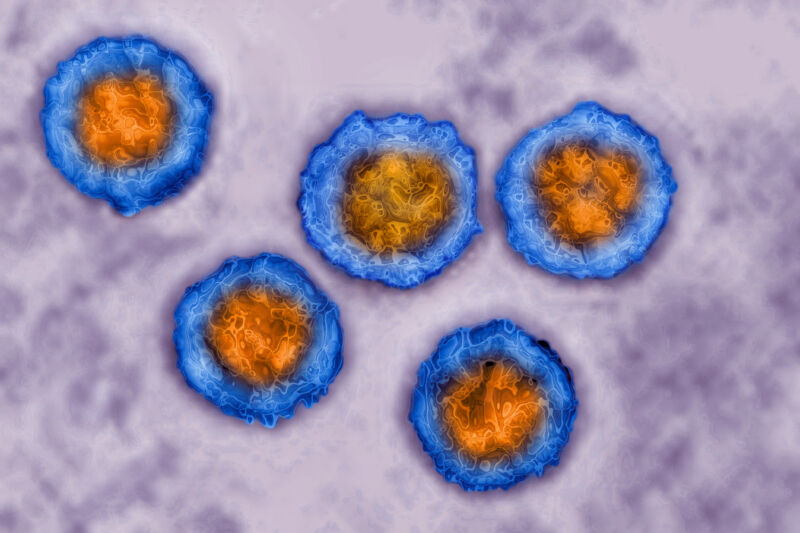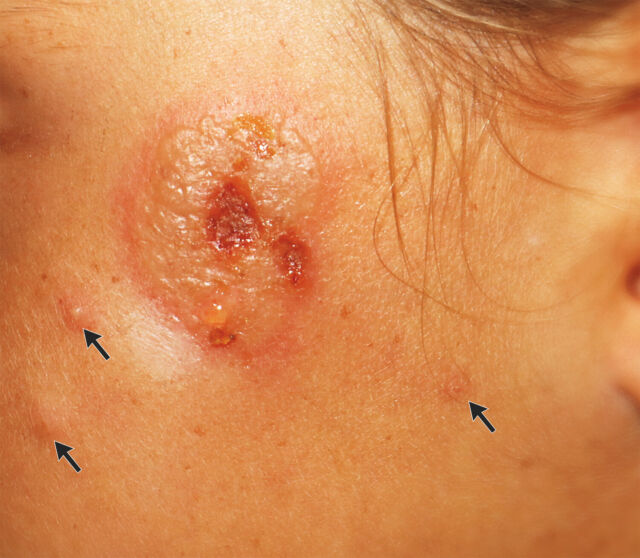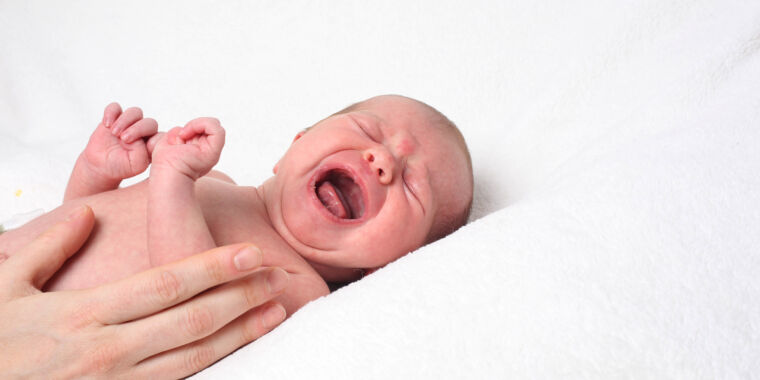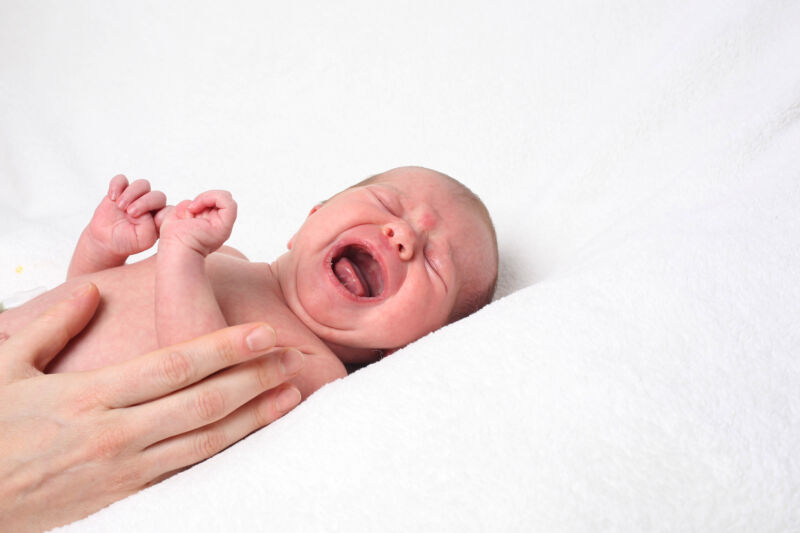Four-inch worm hatches in woman’s forehead, wriggles to her eyelid
Creeping
For anyone enjoying—or at least trying to enjoy—Thanksgiving in America, you can be thankful that these worms are not present in the US; they are exclusive to the “Old World,” that is Europe, Africa, and Asia, according to the Centers for Disease Control and Prevention. They’re often found in the Mediterranean region, but reports in recent years have noted that they seem to be expanding into new areas of Europe—particularly eastward and northward. In a report earlier this year of cases in Estonia, researchers noted that it is also emerging in Lithuania, Latvia, and Finland.
Researchers attribute the worm’s creep to climate change and globalization. But in another report this year of a case in Austria (thought to be acquired while the patient was vacationing in Greece), researchers also raised the speculation that the worms may be adapting to use humans as a true host. Researchers in Serbia suggested this in a 2023 case report, in which an infection led to microfilariae in the patient’s blood. The researchers speculated that such cases, considered rare, could be increasing.
For now, people in America have less to worry about. D. repens has not been found in the US, but it does have some relatives here that occasionally show up in humans, including D. immitis, the cause of dog heartworm, and D. tenuis. The latter can cause similar cases to D. repens, with worms wandering under the skin, particularly around the eye. So far, this worm has mainly been found in raccoons in Florida.
For those who do find a worm noodling through their skin, the outlook is generally good. Treatment includes surgical removal of the worm, which largely takes care of the problem, as well as anti-parasitic or antibiotic drugs to be sure to stamp out the infection or any co-infections. In the woman’s case, her symptoms disappeared after doctors pulled the worm from her eyelid.
Four-inch worm hatches in woman’s forehead, wriggles to her eyelid Read More »
